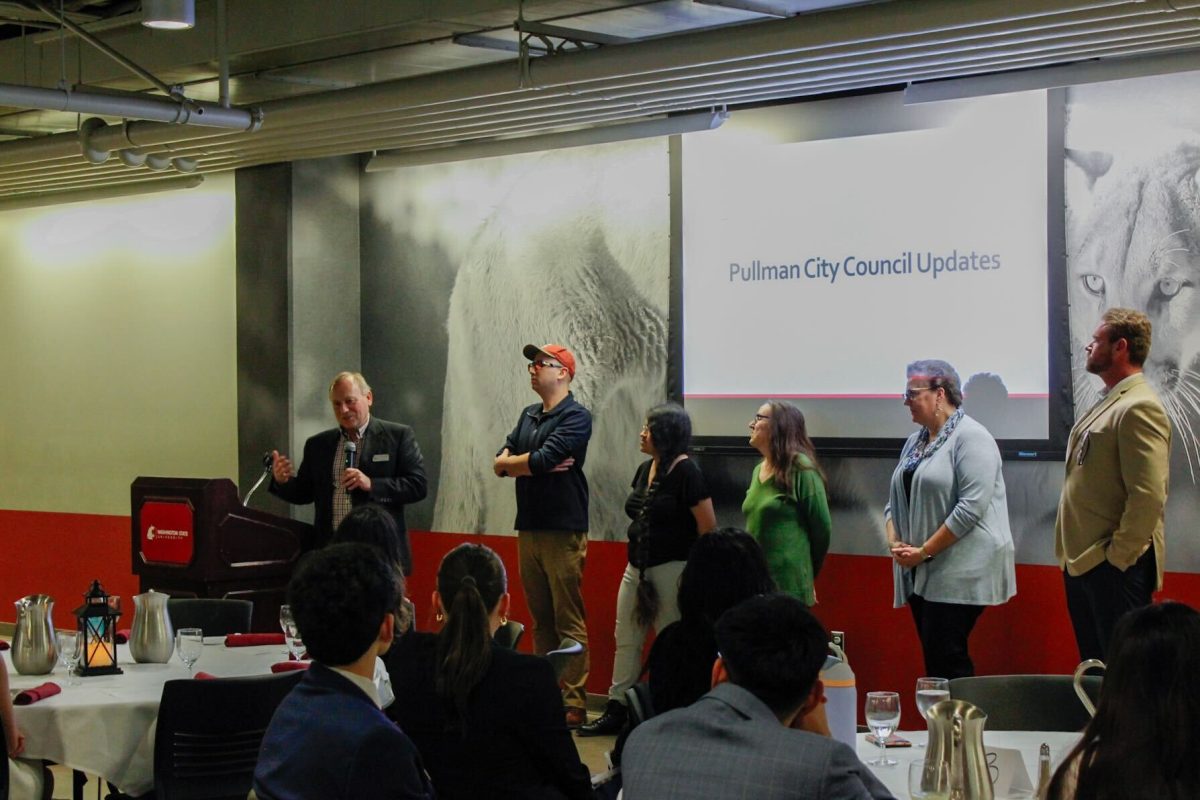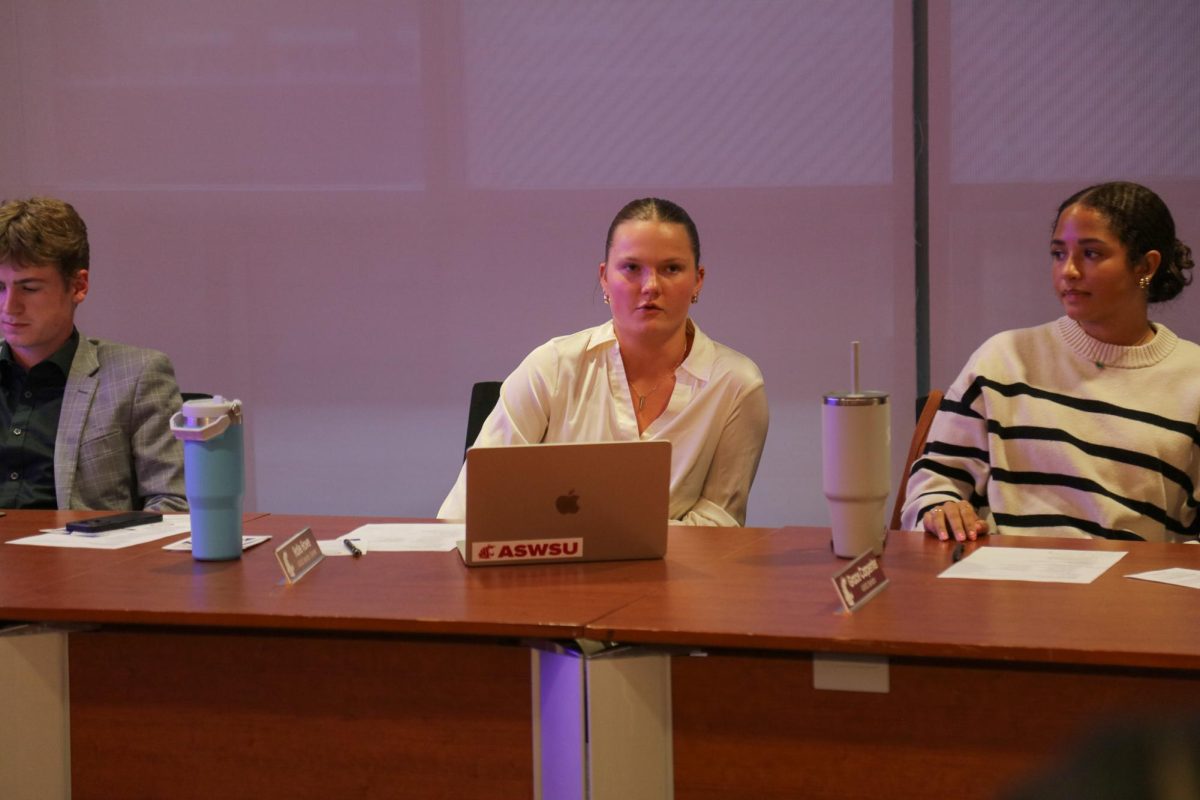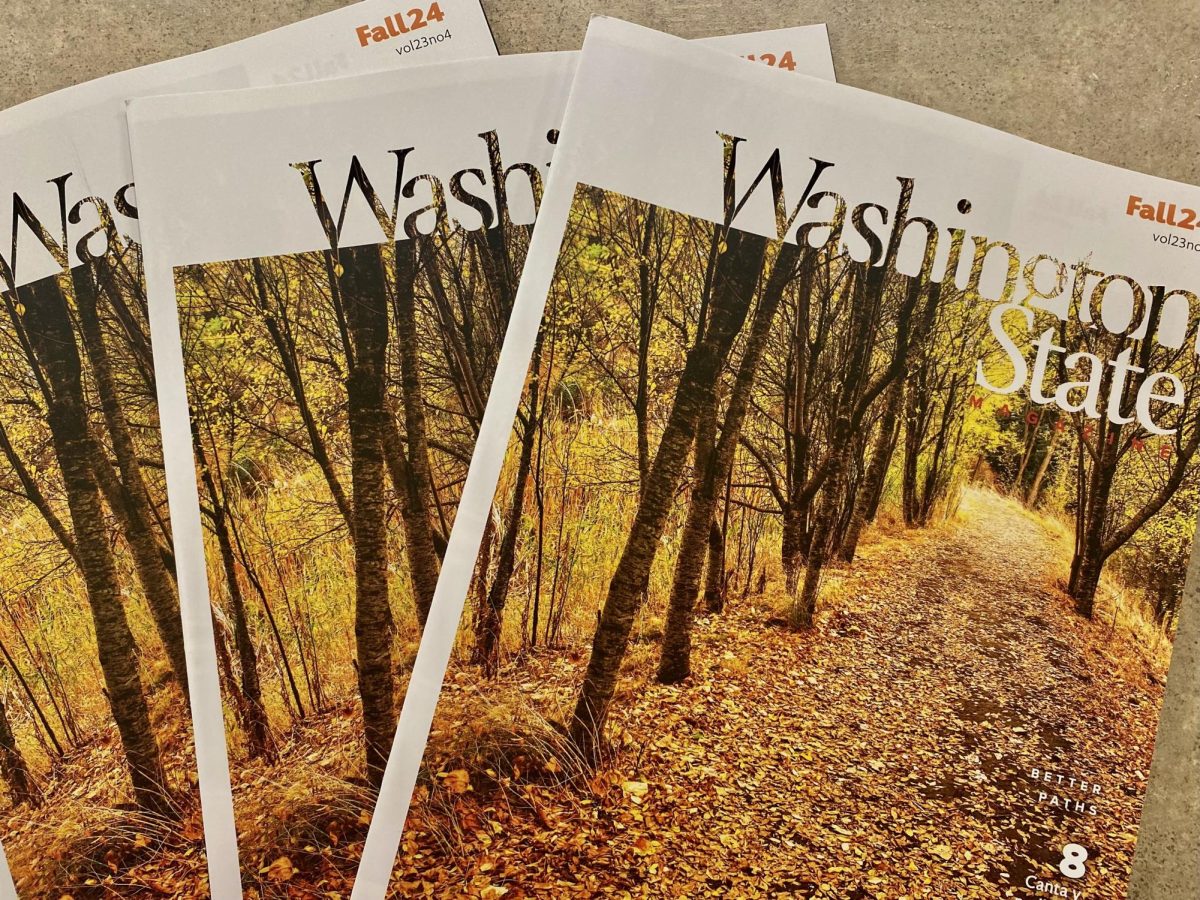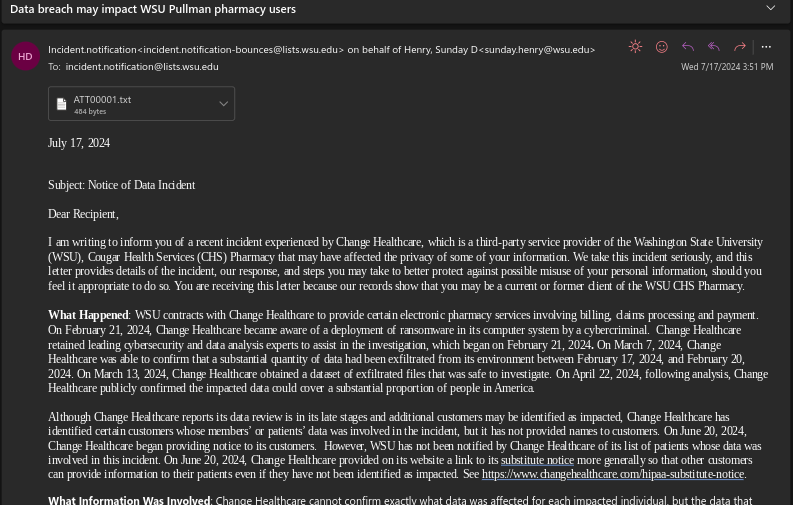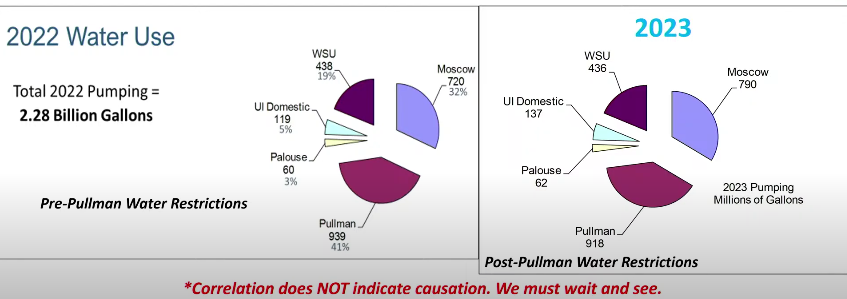WSU has seen a significant diversification of its student population over the past decade, with the total percentage of students of color increasing by 9%
Through changes in the demographics of both national and international students, WSU has diversified its student body and made active efforts to continue to do so, said Saichi Oba, Vice Provost for Enrollment Management
“Probably the largest influx from applicants of color would be from Latinx students, that’s probably been the largest influx within the past 10 years. We also saw an increase in both African-American and Latinx students in the past year due to the common app,” Oba said.
The University also has a small leadership group that works exclusively with enrollment management across the system, Oba said. The group focuses on the way enrollment management can best reach and engage with prospective students, and how to better cater to diversity.
“One good example is that the group discussed what information we should send out in a language other than English,” Oba said. “We decided that for letters of admission when English is indicated to be the second language, we would send out a letter of admission in both English and Spanish.”
Training WSU staff on how to communicate with students and families of color is also a focus, as is attempting to improve accessibility to financial aid for students of color, he said.
“Diversity is not only in the student body but also in the people who are standing in front of the classroom. They’re [students] looking for people they can connect with, and part of that diversity work we’re trying to do is on how we educate our own teams to be better at communication with students of color,” Oba said.
Oba said affordability is the highest priority in the current enrollment management plan. Enrollment management has tried to use need as one of the components of many scholarship and waiver programs.
“We use need [as a factor] because those are the students who require help the most, they often have financial need to attend. They tend to be first-generation [students,] or students of color, so we try to allocate resources to help them,” Oba said.
Within the WSU system, campuses in both Vancouver and the Tri-Cities have done a lot to diversify WSU overall. The work of Vancouver and Tri-Cities campuses have increased diversity across the overall WSU system, he said. The university has also worked hard to increase diversity in its international student population.
Daniel Saud, Undergraduate International Admissions recruitment and marketing director, said the range of countries represented by the program has expanded.
“A decade ago, we used to see a lot of students coming from China. We still do, but we now see a lot of students from China coming into our graduate program,” Saud said. “In our undergrad program, we see a lot of students coming from Vietnam, Indonesia and India.”
Saud said the mission is to bring the world to WSU and WSU to the world. The program seeks to recruit students from six of the seven continents and seeks to provide those students with an understanding of what a WSU education looks like.
“All of these initiatives are designed and focused on helping our U.S. students connect and learn about other cultures and countries and for our international students to better understand some of those core American values and all the benefits that a higher American education provides,” Saud said.




